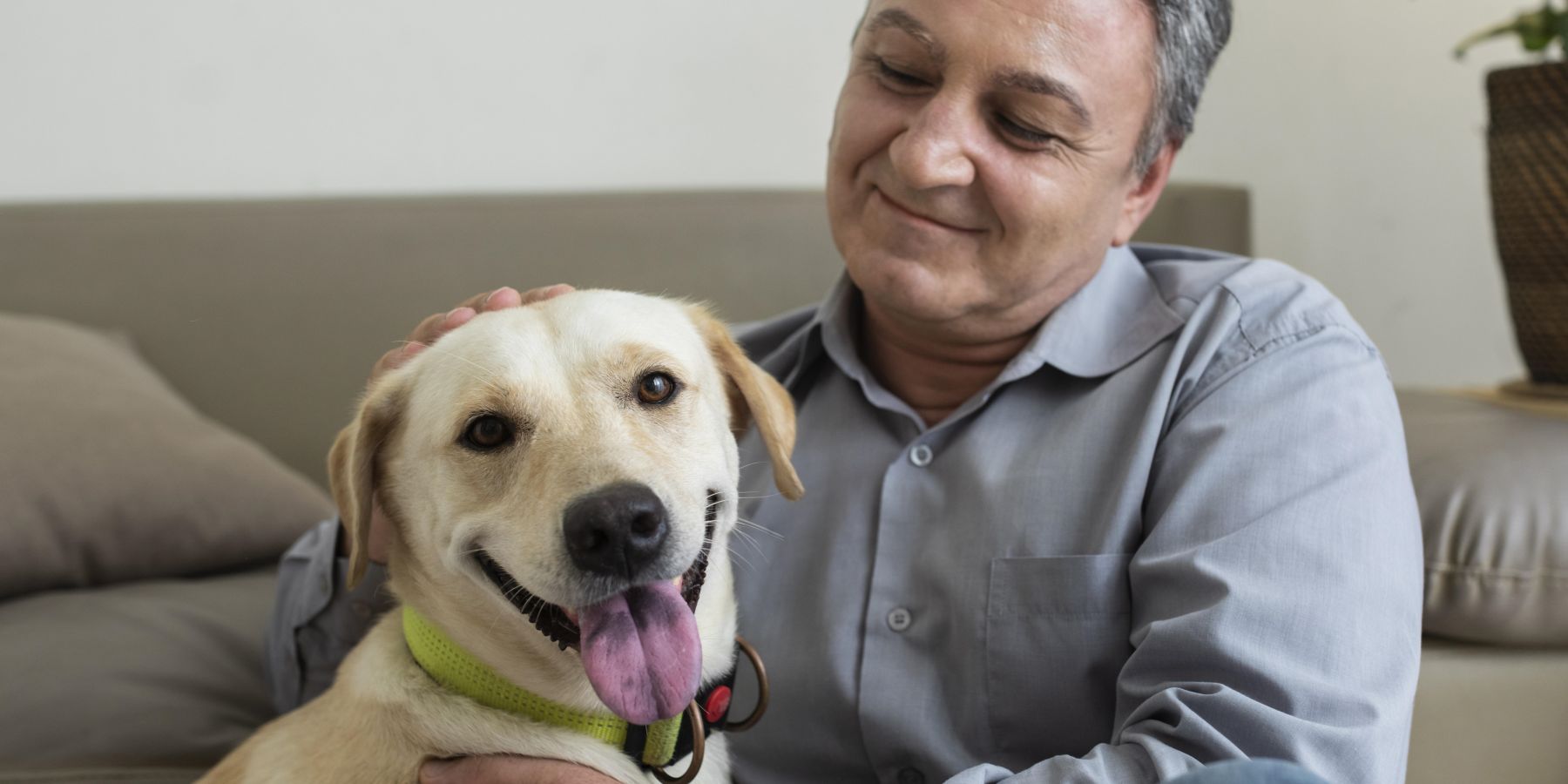If you've ever wondered how to calm a panting dog, it's important to first understand why dogs pant and what it means. Panting is a normal behavior for dogs, but excessive panting can be a sign of discomfort or illness. In this guide, we'll explore the reasons behind panting and offer practical tips to help your furry friend.
Why Do Dogs Pant?
Panting is a dog's way of cooling down. Unlike humans, dogs don't sweat through their skin. They release heat by panting, which helps them regulate their body temperature. However, excessive panting might indicate overheating, stress, or health issues.
Signs of Excessive Panting
To understand how to calm a panting dog, look for signs of excessive panting. This includes panting that's louder, more frequent, or more intense than usual, or panting without an obvious reason like exercise or heat.
Keeping Your Dog Cool
One of the key aspects of learning how to calm a panting dog is keeping them cool. Ensure they have access to shade and fresh water. On hot days, limit exercise and avoid the midday sun. Consider using a cooling mat or vest, and never leave your dog in a parked car, even with the windows down.
Stress Reduction
Dogs often pant when they're anxious or stressed. To help calm a panting dog, identify and reduce stressors. This might include creating a safe, quiet space for your dog, using calming aids like pheromone diffusers, or training and socialization to build confidence.
Exercise Management
While exercise is important for your dog's health, too much can lead to excessive panting. Tailor exercise to your dog's age, breed, and health status. Avoid strenuous exercise in hot or humid conditions, and always provide plenty of water breaks.
Recognizing Health Issues
Sometimes, panting can be a symptom of health issues like heart disease, respiratory disorders, or pain. If your dog's panting is accompanied by other symptoms like lethargy, coughing, or changes in appetite, consult your veterinarian.
Tips for Calming a Panting Dog
Here are some practical tips on how to calm a panting dog:
- Provide cool water: Always have fresh, cool water available.
- Create a cool environment: Use fans, air conditioning, or a damp towel for your dog to lie on.
- Gentle massage: A calm, gentle massage can relax a stressed or overheated dog.
- Calming techniques: Soft music, reduced noise, and limited exposure to stressors can help.
- Consult a vet: If panting seems unusual or is accompanied by other symptoms.
Conclusion
Understanding how to calm a panting dog involves recognizing the reasons behind panting and addressing them appropriately. Whether it's ensuring they're cool and hydrated, reducing stress, managing exercise, or seeking veterinary care, your approach should be tailored to your dog's specific needs. Remember, when in doubt, always consult a professional for advice.


